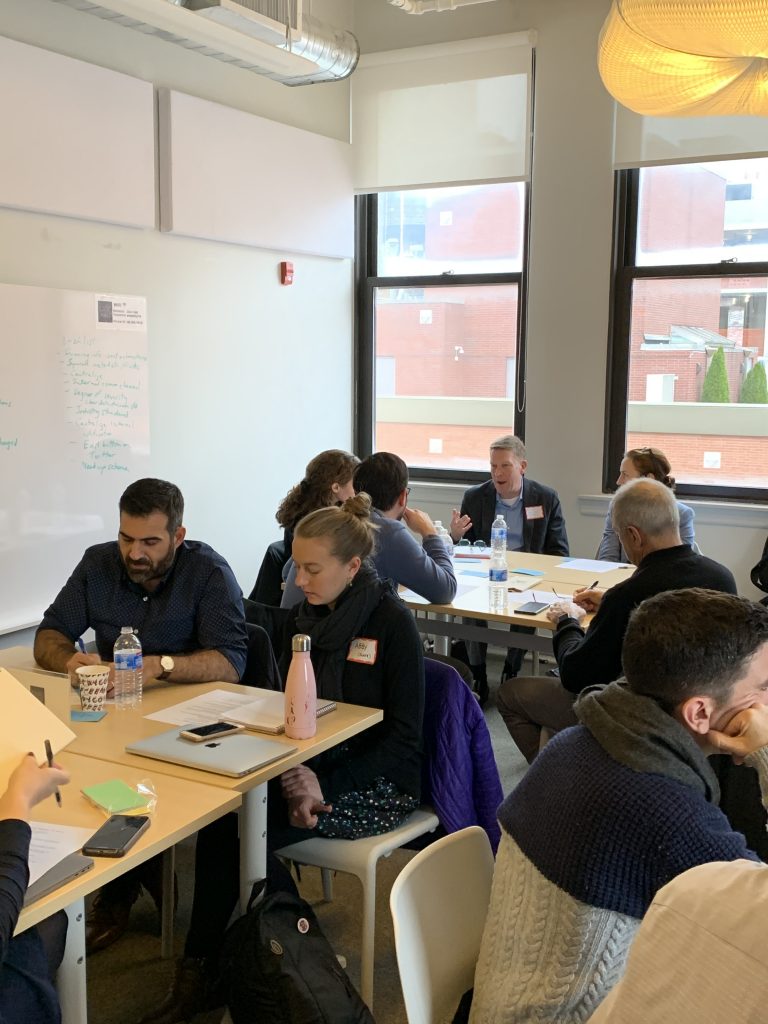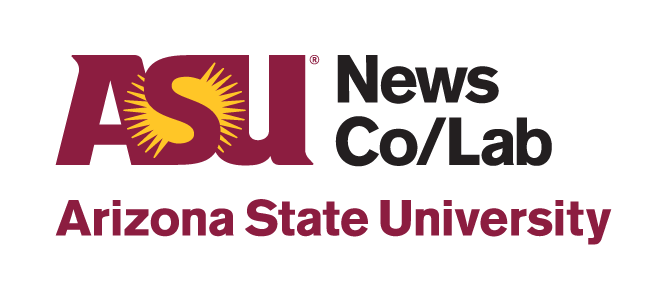Corrections: What can we agree on?

Should they have a lot more in common when it comes to best practices, and how corrected information reaches people? You bet.
Those are just two takeaways from the gathering the News Co/Lab hosted in mid-November, when Kristy Roschke, Ted Han and I joined journalists from some of the nation’s top news organizations, representatives of the major technology platforms, and a university colleague to talk about making corrections work better in a digital environment. The meeting, at Civic Hall in New York City, helped pull our ongoing corrections initiative into sharper focus even as it raised all kinds of questions to consider as we move forward.
A basic idea with a complex execution

Journalists, technologists and researchers came together Nov. 12 to improve digital journalistic corrections.
The basic idea behind corrections hasn’t changed in the analog-to-digital transition. But the complexity of doing them right in a complicated information ecosystem — one that’s increasingly defined via social media — definitely has. People can be misinformed in a wider variety of settings, with social media greatly expanding the pathways that mistakes travel. That’s one reason we’re working on a tool to help corrections follow those pathways — to help ensure that this element of journalistic integrity carries through to all of the places where news is experienced.
Some of the challenges in doing corrections better are about tools. Others are about processes within news organizations. Principles are the hub for both. We wouldn’t call the differing thoughts on those disagreements, not when there’s such unanimity about fundamental goals, but we heard lots of different approaches to the how as opposed to the why.
The variety of practices — based on a (small) survey we took before the meeting and the conversation during the day — is striking. One reason for the variation: The corrections process is, to a major degree, baked in to the editorial process of the organization making the corrections. Tradition matters. So does how an organization’s content-management system (CMS) works in the first place.
Here’s an example of how differently things can work. One major news organization, with an ultra-modern CMS, has made each correction a separate entry inside its larger database, the repository of its content (and more). And attached to each entry is information about the entry — metadata — that journalists can use internally for several purposes, including a much better understanding of how errors happen, who commits them, how quickly the mistakes were fixed and more. Another organization has none of those capabilities; the correction is simply appended to the original story at the original web address (URL).
Why metadata matters
For technology companies, corrections with metadata are way, way better. Why? Because one piece of metadata can be a notification, inside the HTML but not visible to someone reading the story, that alerts the technology platform to the error. We believe these kinds of signals should lead to platforms helping news organizations push out corrections more widely. Without such signals, that’s unlikely.
Metadata will enable something else that we all need: better information about how to do corrections, including and perhaps especially the ones aimed at people who’ve shared misinformation and whom we want to persuade to share the corrections as well. Researchers will be much more eager to help out if they can get real data. (Our Dartmouth College colleague on this project, political scientist Brendan Nyhan, has done much of the best research in the field, and his video conference with the New York group was a highlight of the day.)
Improving what happens behind the scenes is vital, but so is what goes on for the journalists creating the corrections — the people in the middle of the process — and, we believe, for the “targets” of the fixes: our readers, viewers, listeners, etc., and the subjects of the corrections themselves. Yes, it’s an unalloyed good for journalists to do prompt, forthright corrections, even if just to signal integrity, but isn’t the major goal to raise public understanding and knowledge?
Making a useful corrections tool
This goes to what product designers call “usability” — how easily and effectively the creator and especially the so-called “end user” of the product interacts with it. In imagining our social-media corrections tool, we’ve given a lot of thought to usability for journalists; we want to make it trivially easy, or as near to that as possible, to write and send the corrections. The people in the room at Civic Hall all liked that idea, since a majority were journalists.
But we universally recognized that there’s a usability component for the public. That sparked some conversation, too, and it’s plain that we all have much more work to do on this.
Improving the stuff going on in the background, foreground, and middle ground had wide support, as you’d expect. But news organizations work at different paces and have differing resources. Some, especially smaller ones facing existential financial woes, may not have the resources to do any of this.
The way forward, we believe, should start with the things we agree on — or at least want to agree on. Here’s what I mean.
We’d like to work with the journalism industry to come up with a set of “best practices” that, we hope, evolve into industry standards surrounding the key principles. Then, working with technologists and others, we should collectively come up with processes for putting those practices into tactical operation. Ideally that should include systems that offer flexibility in how corrections work across media, and which create lots of metadata for researchers and practitioners to put to better use.
The News Co/Lab sees part of its role as helping make this happen, assuming journalists want it to happen. Our New York meeting suggested they do. We’re looking forward to what happens next.
As always, we thank Craig Newmark Philanthropies for supporting for this project.
Dan Gillmor is a longtime participant in new media and digital media literacy. He’s author of the 2009 book, Mediactive, discussing media literacy in the digital age from a journalist’s perspective.
